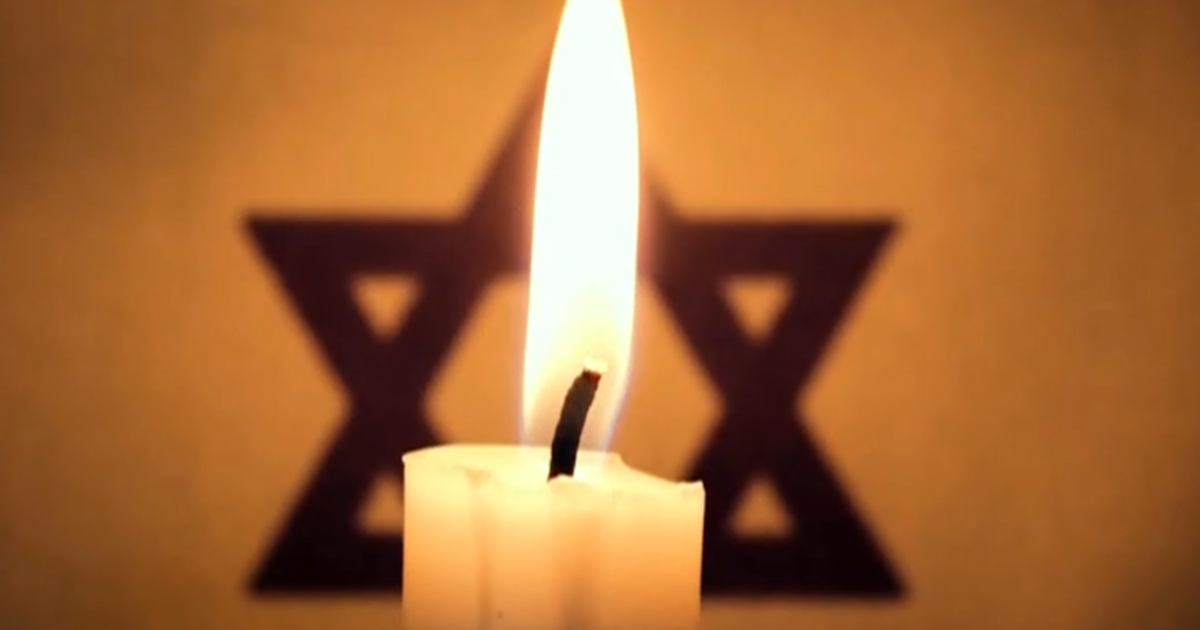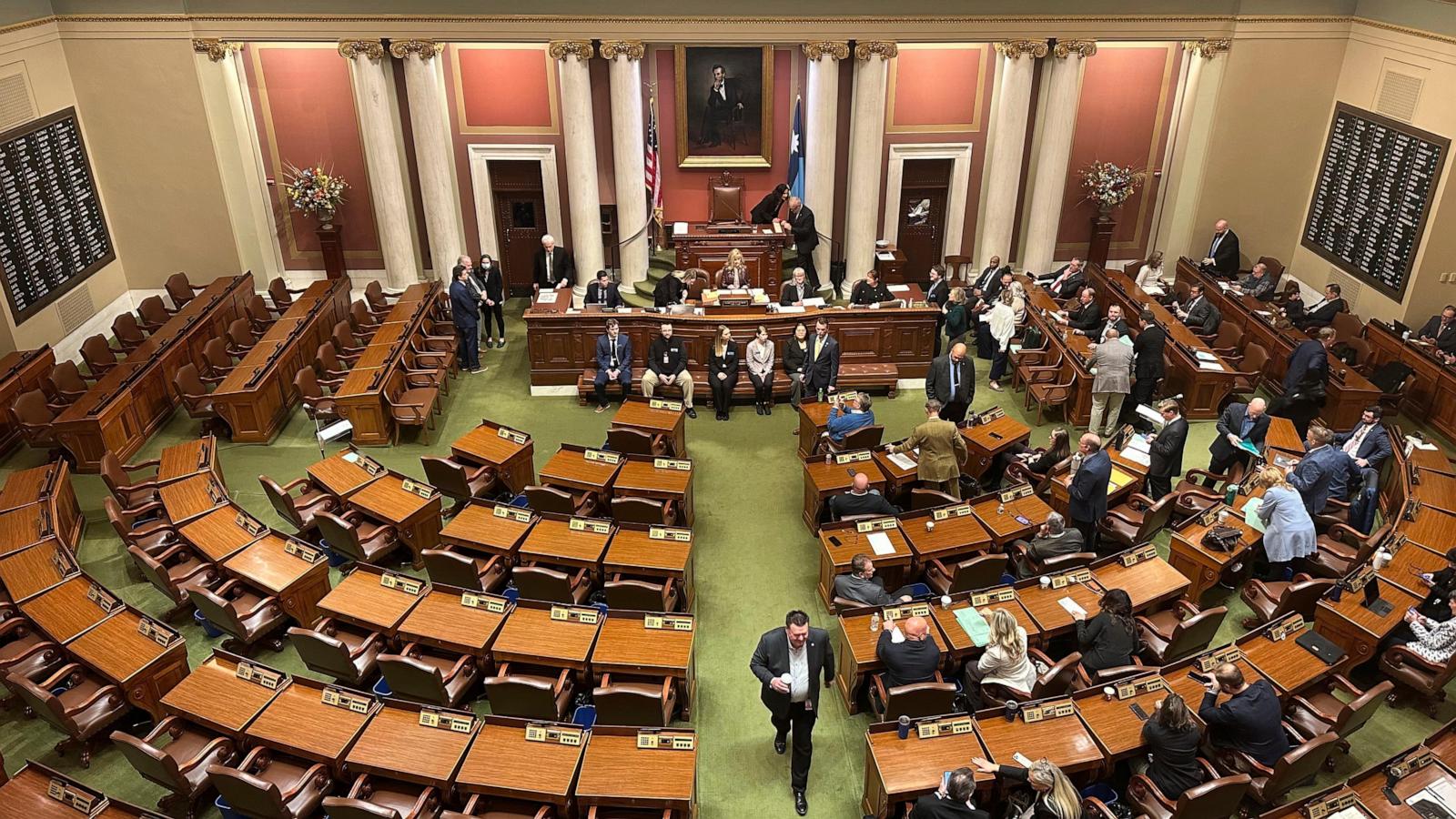Lisa Ling explores psychedelic spirituality
An existential question many people spend their lifetime seeking an answer to is “Where can God be found?” Some in the Jewish faith believe they already know the answer to that question and say psychedelics have helped them get there.
“Yes, God’s in the trees and God’s in the bush and God’s in the plant and also God’s within us … and the breath leads us straight back to God within us,” explained Meir Kay, the co-founder and lead facilitator at AhDaMa, an organization that says it cultivates safe and sacred containers for Jewish men to “discover their true selves and connect in brotherhood, healthy masculinity, and divine connection.”
The men who attend Kay’s gatherings go on journeys of self-discovery and connection with themselves and God. They do this with a tool all people have: Their breath.
Remembrance in lieu of retreat
Kay does not call the gathering a retreat, even if it appears to be one.
“Because we don’t wanna retreat,” Kay explained. “We wanna remember. We get to remember our power, our love, our connection here … I create this really safe space where men who grew up in different backgrounds, in Jewish faith, who could feel safe, feel connected through the Jewish lineage and at the same time have access to these very kosher, safe modalities of healing.”
At one remembrance, the modality was Holotropic breathwork. This type of breathwork is often described as a psychedelic experience without the psychedelics. Participants rapidly breathe, reducing oxygen, it’s believed this way of breathing may release natural Dimethyltryptamine (DMT) in the brain. DMT alters the mind the same way substances like psilocybin mushrooms and ayahuasca do.
“What happens through the breathwork is that … the mind starts to get quiet and we are able to drop into the body, drop into the heart space, into the soul and listen,” Kay said.
History of religion and psychedelics
For hundreds of years, people have reported having religious experiences while connecting with their breath and/or while ingesting psychedelics. A 2023 peer-reviewed study in psychopharmacologyfound that the percentage of participants who identified as believing in God or a higher power increased from 29% to 59% after psychedelic use.
Of the major world religions, Jewish people appear to be embracing psychedelics, including breathwork, more than most.
Rabbi Harry Rozenberg advocates for the use of psychedelics for healing and connection.
“I found psychedelics to be the elephant in the room that this whole story actually has a psychedelic narrative at the core of it,” Rozenberg said.
Rozenberg believes the Torah, Judaism’s most sacred text, may describe psychedelic experiences. He believes divinity lives in all of us, and for some, psychedelics help us access it.
“So, if there’s a place in your brain where you’re experiencing something that you would only describe as divinity, I would say there’s no smoke without a fire,” he explained. “That’s our conversation with God … when you are inside of your mind in this place and you can communicate.”
The Torah
Rozenberg points to and interprets many specific stories in the Torah as evidence of psychedelic use throughout Jewish history. One example he gives, is the story of the high priest atoning for sin. It’s the crux of the story of the Jewish holiday Yom Kippur.
In the story, the high priest enters a smoke-filled chamber. Rozenberg explained the high priest, “puts the coals from acacia tree, this psychoactive tree, which contains DMT, the most psychedelic drug in the world is found in this tree, he takes two scoops of this incense.”
The high priest then has to stand in the chamber for about ten minutes or until the whole room is filled with smoke.
“So once I realized that inhalation of smoke from very specific plants that contain very specific chemicals that target very specific parts of the brain is the core of the Jewish people’s religion, I said, ‘timeout,'” Rozenberg said.
He also points to the story of Moses and the burning bush, where Moses reports communicating with God through it. Some theorize the bush may actually have been a burning acacia tree in Egypt.
“We do know the trees of that region are the acacia tree, which contains high amounts of DMT, high traces of DMT,” Rozenberg explained. “I personally would guess Moses understood very well how to open up his third eye and how to communicate with God through that, which would explain how he was able to end up speaking to God and having these experiences.”
Building connection through breathwork
For Kay, and the work he does with Jewish men, it feels like he is experiencing something that those in ancient times may have also experienced.
“I do believe this breathwork is not a new technology,” Kay said. “The technology of breath is one of the oldest stories in Judaism.”
Kay feels it makes sense that breath, along with other modalities that have been mostly lost to history, are coming back to the forefront of modern consciousness to connect with ourselves, other men and women and with God.
Raised in an Orthodox Jewish family in Connecticut, Kay graduated from Yeshiva, which is Jewish school, as a rabbi.
“I was dressed as an Orthodox Jew, but inside my practices weren’t fully aligned with what the community standards were,” Kay explained, pointing to the rigidity of Orthodoxy.
For Kay, his deep spirituality and connection with himself and God came later, after he left Orthodoxy behind. He said breathwork helped him come back to his Jewish faith.
“When we connect with our breath, we connect with our soul,” he explained. “And so, when I found myself connecting with my breath, connecting with my soul and getting the clarity that I needed, connecting with God with no middlemen just by being, it was all OK.”
At a remembrance in South Florida put on by Kay and his organization AhDaMa, he helped guide Jewish men toward connection with themselves and God. Through breathwork guided by Kay, the men were able to go deep in their minds. Kay’s retreats focus on men, but he plans to expand to couples.
Participant Yossi Kagan reported having a transformative experience. He said breathwork and psychedelics have helped him get closer to God.
“It gave me that knowing,” Kagan said.
Responsible use reminder
Rozenberg wants others to experience that knowing that Kagan experienced, but reiterates, this should be done in a responsible and safe way.
“If there’s certain plants today that governments are saying are illegal and you can go to jail for them, but also happen to be the fundamental plants of world religions, we have to ask ourselves a question, should we have access to these plants? Should we study them?” he said. “So, I’m informing other humans what your inheritance is, this is your text. This is your Torah. This is what it says, these are the plants. This is the storyline, know about it, because it’s yours.”
There are risks with taking any drug, including psychedelics, and use should always be monitored and administered by a trained professional.
Rozenberg is advocating, through his organization Trippy.vc, for the legal and safe use and study of psychedelics.











